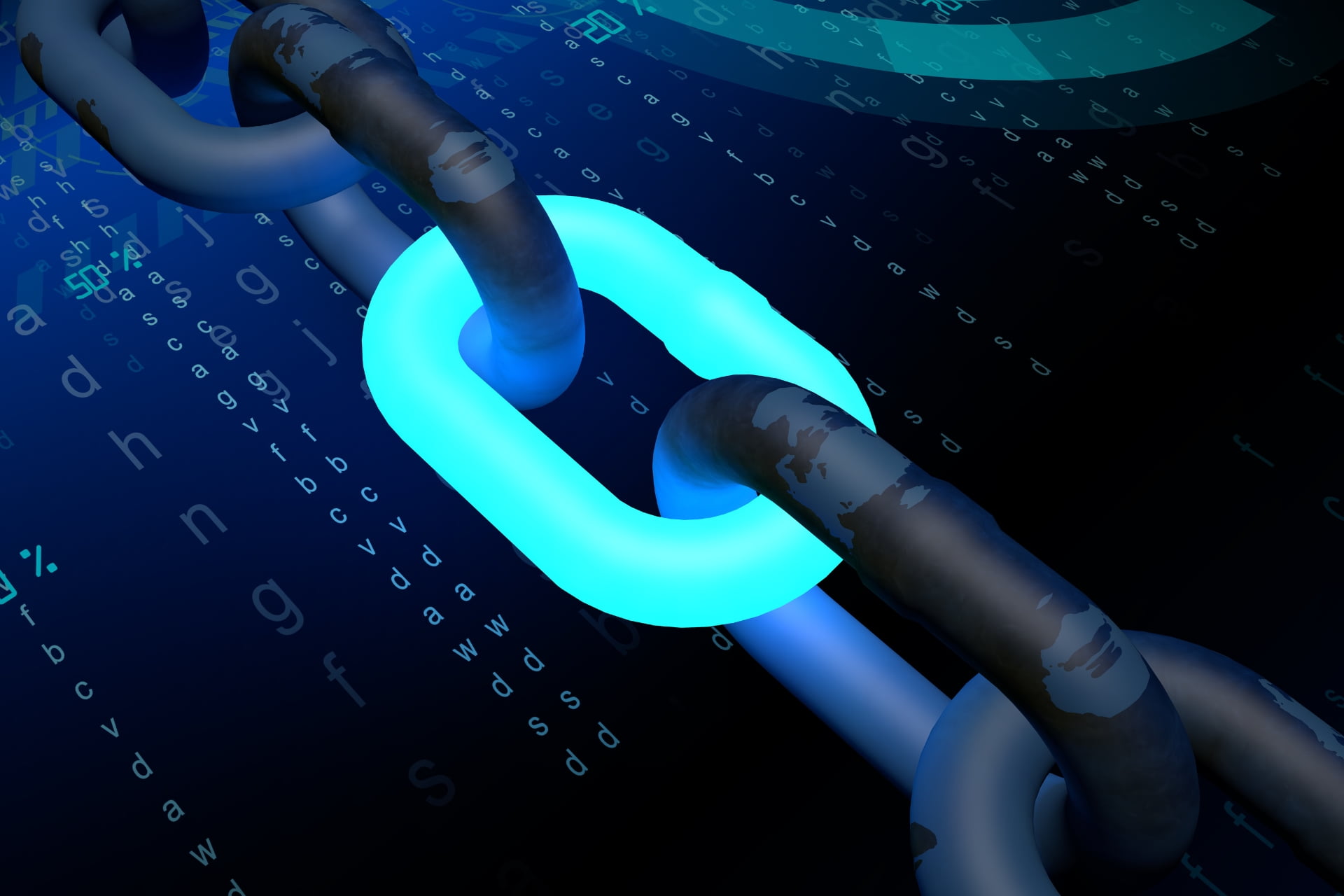In every sector of the world, major technology companies are moving towards blockchain and investing in future blockchain technologies.
On the surface, blockchain appears to merely be a buzzword, similar to “synergy”, “agile development”, and “artificial intelligence”. These terms have real, functional meaning, but are very rarely implemented.
Blockchain is much more. It is more than a concept, but is not as complex as one would expect. Blockchain has uses far outside the realm of cryptocurrency that are growing rapidly. Blockchain is the foundation on which all cryptocurrency is built, but that doesn’t mean it can’t be used in other applications.
So what is blockchain?
At its core, blockchain is a type of database, or a way to store organized data. Databases are used in nearly every technical application in the world. It is a way to take data, format it, and make it searchable and findable by users. Blockchain is no different.
Where blockchain differs from a traditional database is how the data is stored. Blockchain data is collected in groups, known as… blocks! These blocks hold sets of information and have specific storage capacities. When a block is filled with information it gets chained to the last filled block, hence the name “blockchain”. Each block in the chain has a unique timestamp. When viewing a blockchain you can see the chronological order in which blocks were added to the chain – this is a key tenet in how the world of cryptocurrency operates.
Bitcoin is a perfect example of how the combination of decentralization and blockchain works beautifully in tandem. It is the first major cryptocurrency and mainstream deployment of blockchain technology. You can learn more about decentralization in Crypto 101. In the world of cryptocurrency, blockchain is a ledger, (or a long Walgreens receipt!), of transactions.
Imagine that you run an eBay business. Every time you buy or sell something you need to keep track of how much money you have, as well as the people you’re transacting with (can they afford what they’ve purchased? Can you afford what you’ve bought?).

Each transaction you make, before becoming official, needs to be validated. Whenever you buy or sell something, the data around the transaction – cost, who is buying, who is selling, and their account balances, are all relevant. These transactions and the data associated with it gets sent to a network of validators. Each individual validator has their own copy of the entire blockchain (or transaction ledger) that contains all the buys and sells that have ever happened. The validators look at their copies of the ledger and make sure the account balance you have and the person you’re transacting with are correct.
Once a validator agrees all the data is correct, they compare their conclusions to all of the other validator’s conclusions. If the majority of the validators come to the same answer, the data gets added to a block as a valid transaction. Once a block fills up (think of a block as a flash drive storing data) it gets added to the blockchain.
Once something is added to the blockchain, it’s next to impossible to alter it. This is the core of the safety and security premise behind cryptocurrency. 51% of the blockchain validators would need to agree on the validity of a transaction (for example a hacker tries to make their account have 5000 BTC it actually doesn’t have). If someone uploads incorrect data, it is simply discarded!
















